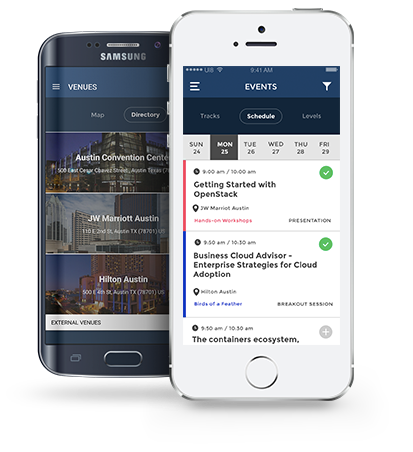As one of the top global telecom providers, KDDI has been providing for several years a VM-based IaaS service to support a wide variety of business applications and at a scale of hundreds and thousands of servers
KDDI, its system integrator, NetOne Systems (NOS), and Industrial Technology Research Institute (ITRI) at Taiwan, are now working together to take this IaaS service to the next level by building a physical machine leasing service, which is particularly useful for data-intensive workloads such as traditional database processing, big data analytics, and large-scale AI training
In this talk, we will start with the use cases, the user-perceived workflow, and the system architecture of this physical machine leasing service. Then, we will talk about the management challenges in running such a service with thousands of servers and switches from the administrator’s and user’s standpoint, and how we address them using OpenStack’s existing components and our custom-built technologies
In this topic, we will present the system architecture of our physical machine leasing service (PMLS), and focus on the following five design issues:
1. What is the service model for the administrator and user of a PMLS?
2. What is the life cycle for a bare metal server in a PML, including fast provisioning, deployment and hardware configuration of bare metal servers?
3. What are the system management challenges and the system architecture of a PMLS that could support the envisioned PMLS service model?
4. What modifications to OpenStack are needed to implement the proposed PMLS system architecture?
5. How to isolate the networks allocated to different tenants of a PMLS, map efficiently the traffic loads from different PMLS tenants onto the physical network, and trace observed high-level network performance problems to specific network flows from specific tenants?
The current PMLS implementation is built on OpenStack, specifically Ironic, Neutron, and Heat, and our own technologies. The lessons we learned from this implementation should pave the way to building other bare-metal-based cloud services.




